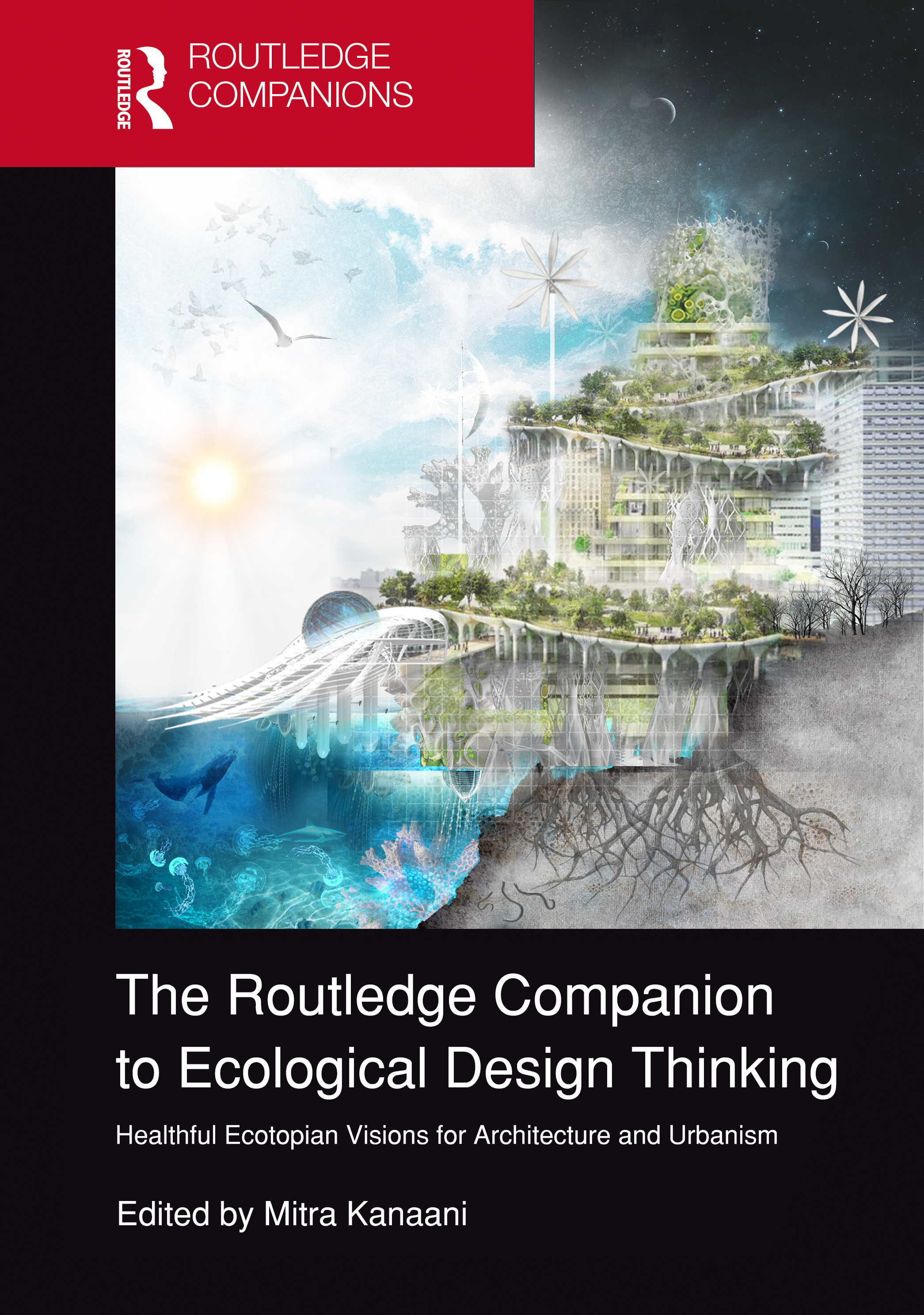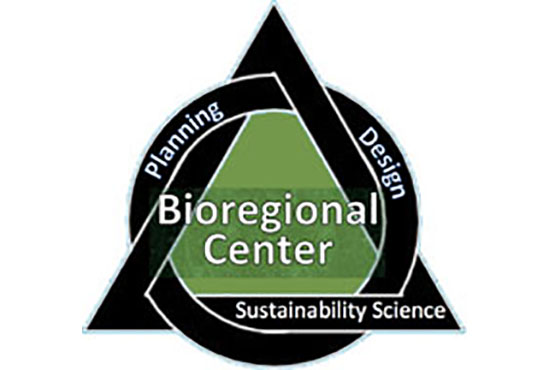Climate-Friendly Green Infrastructure planning and design: The promises, vulnerabilities and Remediation Design Practices for Environmental Contaminants
In August 2022 a book chapter, written by researchers at the UCSD Bioregional Centre for Sustainability Science Planning and Design, will be published in “The Routledge Companion to Ecological Design”, edited by Dr. Mitra Kanaani.
 Tiliouine, O. and K. Pezzoli (2022) ‘Climate-Friendly Green Infrastructure planning and design: The promises, vulnerabilities and Remediation Design Practices for Environmental Contaminants’ in M. Kanaani (ed.) The Routledge Companion to Ecological Design Thinking, Healthful Ecotopian Visions for Architecture and Urbanism, Oxford: Routledge.
Tiliouine, O. and K. Pezzoli (2022) ‘Climate-Friendly Green Infrastructure planning and design: The promises, vulnerabilities and Remediation Design Practices for Environmental Contaminants’ in M. Kanaani (ed.) The Routledge Companion to Ecological Design Thinking, Healthful Ecotopian Visions for Architecture and Urbanism, Oxford: Routledge.
This chapter addresses issues that many researchers, policy makers, city-builders and others are now diligently working on, integrating climate science into the design and planning of green infrastructure (GI). This work presents a complex, uncertain, but timely and critical challenge. Climate-friendly green infrastructure (CFGI) has significant co-benefits including climate change mitigation, toxicant remediation, and community development. It is also good for public health, as GI can bring about unintended negative consequences, such as toxicant accumulation in waterways and soil.
Gauging the costs and benefits of GI requires an integrated, systems view of interacting human and natural systems – a perspective best gained through convergence research that brings together biological scientists, climate scientists, planners, civil engineers and community stakeholders. This helps to ensure that the best possible infrastructural approaches are designed and implemented.
The chapter examines three core themes: the role of convergence research, socio-technical design challenges, and governing/stewardship aspects of GI maintenance. The convergence research method sees multiple disciplines working together: community science and communication alongside traditional academic research.
CFGI exists as a socio-technical system. It takes into account natural hazards, climate science, green infrastructure, toxicants, planning, design, and sociology. To maximize CFGI’s potential, these fields must all be viewed as part of a larger system and experts must work with the community to manage any resulting infrastructure.
The final theme is governance. CFGI is a public resource. Scientific and technological advances must be developed with local communities to fit their needs. To take advantage of its many co-benefits, it is crucial that communities both support and can manage CFGI once it has been designed, planned, and developed.
In order to examine these three themes, three examples will be explored. The Ocean View Growing Grounds (OVGG), the Center for Climate Change Impacts and Adaptation (CCCIA) and a multicampus knowledge action collaborative network.

